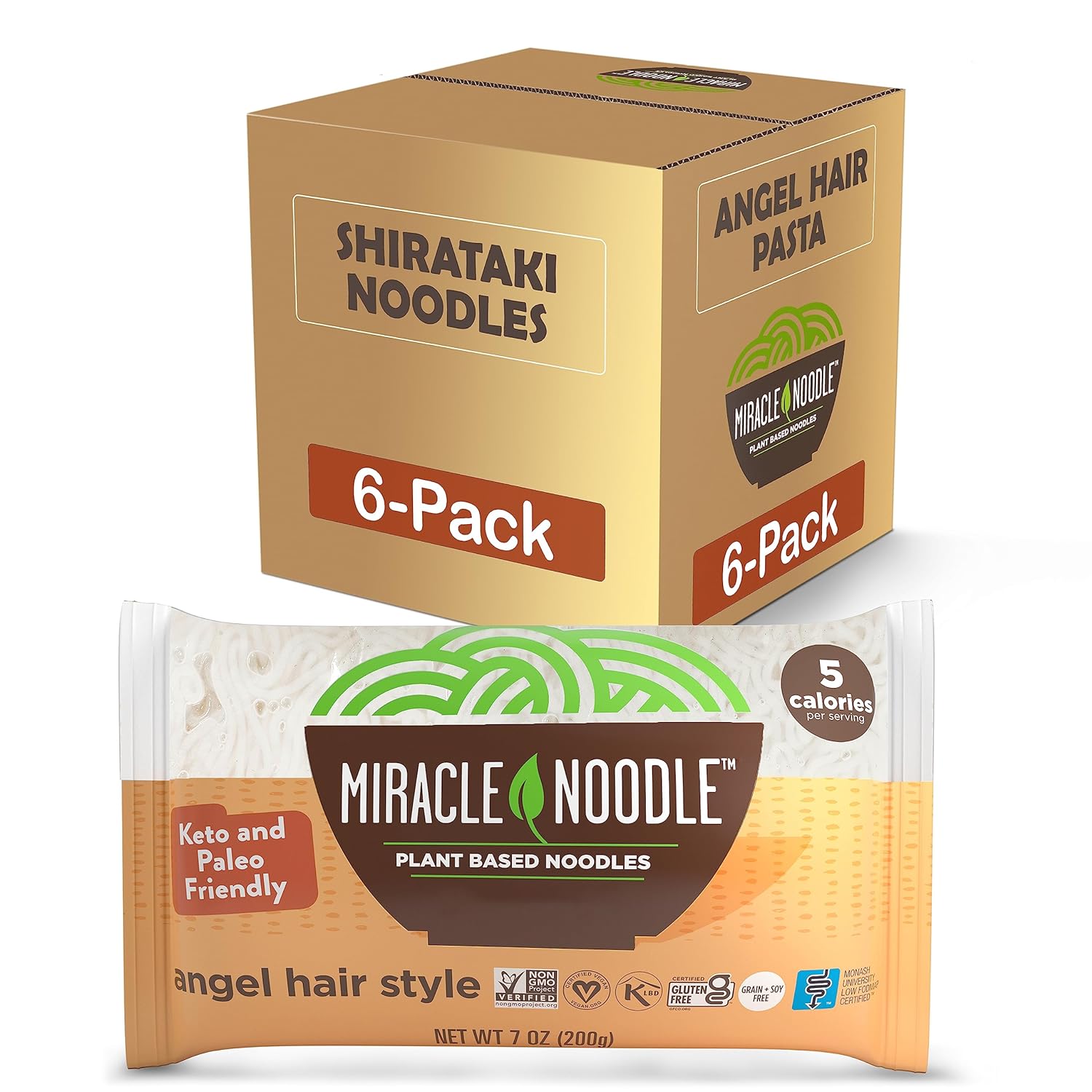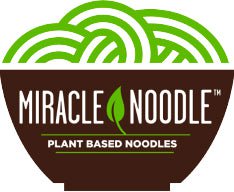Plants have healing and soothing powers that have long been been used since the beginning of time. From the roots, to the seeds, leaves and flowers, people from ancient civilizations have used them to treat various health problems. Thankfully, many held on to their tradition allowing it to be passed along through the generations.
Today, plants continue to heal people. Many of the modern medicines we use now started from plants. At least 80% of the world’s population still uses traditional remedies and plants for health care, according to the World Health Organization. Medical herbalists study plants, their healing and therapeutic functions and support them with scientific research and clinical trials to use them as medicine. Clinical trials can also mean the multitudes of data that herbalists of past centuries have recorded through their clients and practice.
Supplementing or treating with medicinal plants as part of your health care plan may be beneficial for you, and most can be combined with conventional medicine if you want to take a holistic approach to your healing. I don’t recommend you self diagnosing or self treating, I do recommend you finding and consulting with a professional herbalist or holistic practitioner as to the herbs and the medications you are taking. This is an important part of your healing journey.
Here are 5 facts to help you get started with herbalism from Traditional Western Herbalist Bonnie Kreckow:
1. Herbalism is an age old art.
The first herbalist was a man by the name of Hippocrates, the Father of Herbalism, he lived from 460 B.C. to 370 B.C. One of the first women of herbalism was Hildegard of Bingen, whom was a German Benedictine abbess living from 1098 to 1179. Herbalism dates back to 3000 B.C. or possibly even earlier. The oldest known list of medicinal herbs is a Chinese herbal called Shennong Ben Cao Jing. Herbalism has been practiced by ancient Chinese, Indians, Egyptians, Greeks, Romans, Native Americans and Babylonians.[1]
2. The plants are your teachers.
While you can study herbalism in some colleges, Bonnie says the best way to learn about the plants is to go out in the woods and sit with them, listen to them. Herbalists don’t just use plants, they understand how they work, their energy, their constituents and properties. They are living, breathing, masses of energy, as we are. They feel, they respond, they communicate with your body.
At home, start your own garden, nurture your plants and get to know them. You will have healthier vibrant plants, but there are some that like to left alone. Then you have your wild and free ones, that grow in the woods, prairies, and mountains. Plants have Spirit, some medicines are referred to as Essences, they blend the Plant’s Spirit with your Spirit for healing on another level. Herbs are used to help treat both humans and animals.
3. Making Your Medicine.
As an herbalist you make and create your own medicine/remedies. Through your training you are taught how to identify the plants, how to communicate with the plants, how to harvest them, what part of the plant to use and when, and how or what form of medicine you would like to make from a particular plant and or, for a particular person.
Herbalists are trained in formulating herbs together or for some clients a single herb is all that is needed. Formulas are blended for a specific client or protocol and also blended for specific illnesses. Clients love that the herbs were specifically blended for them, brings calm to the mind as well.
4. Herbal medicine and conventional medicine complement each other.
Modern medicine has its place and we need it. Herbalists like Bonnie refer clients to physicians when they have problems that need to be addressed through modern technology. Our minds should be open to the benefits of both modalities of medicine.
5. Herbs can be dried or tinctured to prolong shelf life.
If herbs are harvested, dried and stored properly, they can have a shelf life of 10 years. If you dry herbs properly, you can have them in a jar for as long as 10 years. You will find that the herbs will still have their vibrant color and scent as when you harvested them.
Tincturing is a process of extraction. The medicine is extracted from the plant with a menstrum, this being alcohol. A simple process of taking the herb and immersing it into the alcohol. For example, you put your herb of choice in a jar, cover it with alcohol, and let it sit from a few days to a few weeks. The alcohol extracts the medicinal constituents from the plant. You will be surprised to find that when you open that jar a couple of days or weeks later, you will not smell the strong flavor of alcohol but the plant you are tincturing.
Bonnie Kreckow is a clinical Herbalist from Winona, Minnesota. She received professional training in the Green Mountains of Vermont with world renowned Herbalist, Rosemary Gladstar, continued on with another world renowned Herbalist Matthew Wood, Lakota Herbalist Paul Red Elk, Choctaw Herbalist Karyn Sanders, and Appalachian Herbalist Phyllis D Light. For more information on Bonnie, you can visit simplybeenatural.com.
Sources:
1 A Brief History of Herbalism - Herbs: Friends of Physicians, Praise of Cooks. (n.d.). Retrieved from http://exhibits.hsl.virginia.edu/herbs/brief-history/



